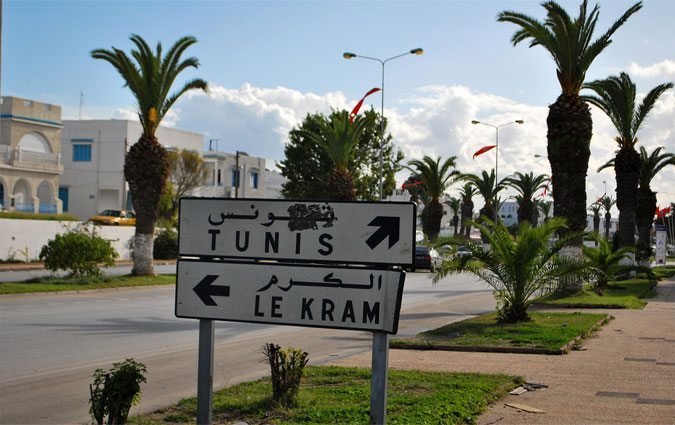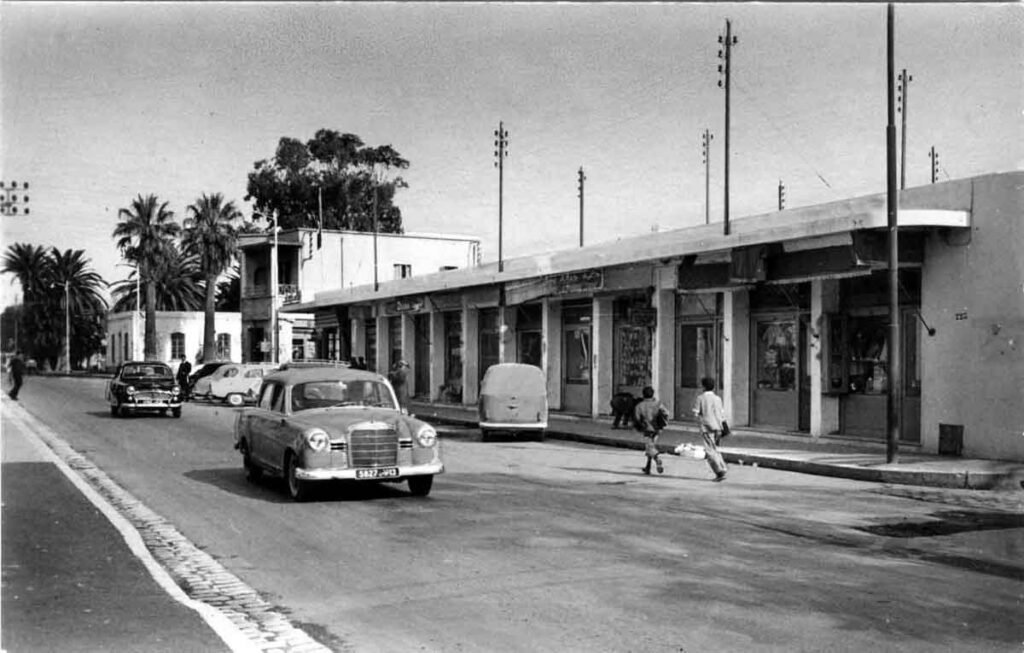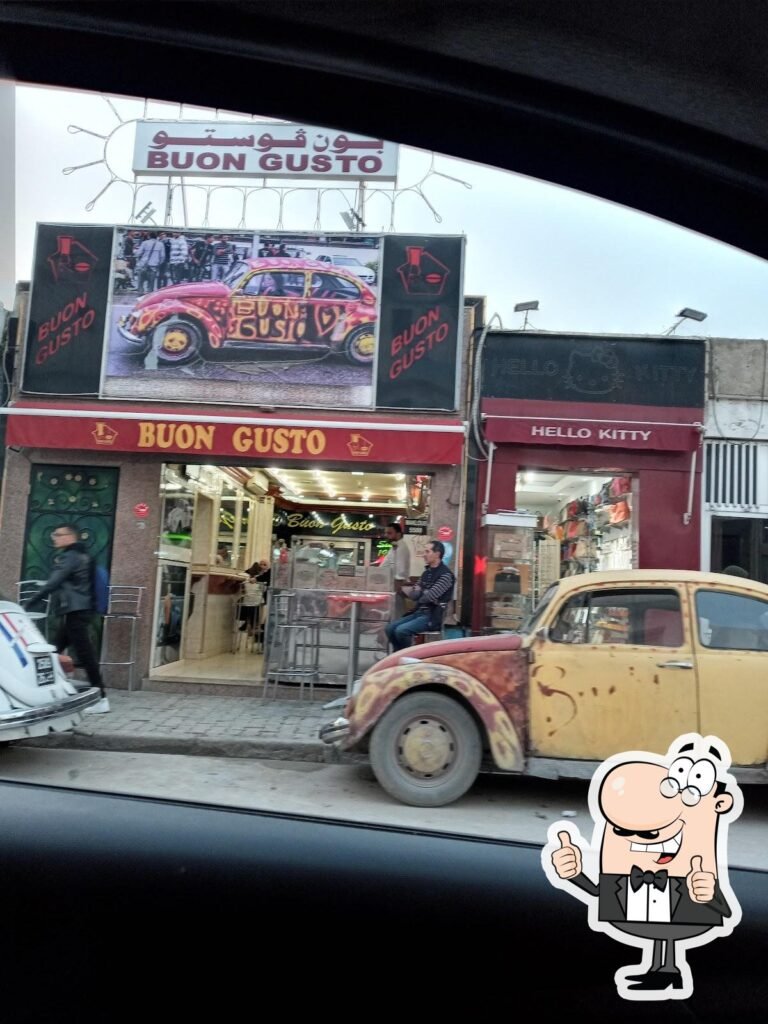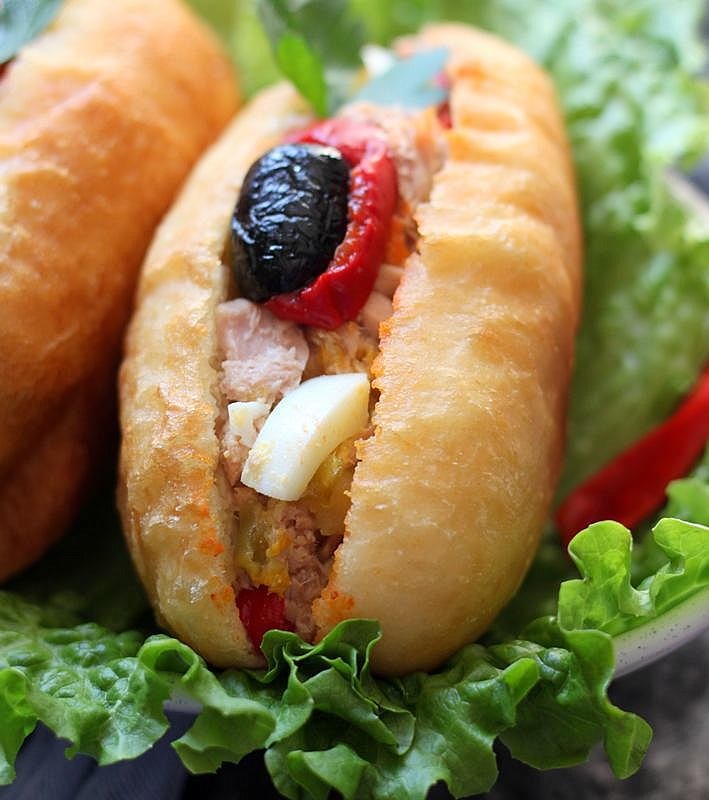Cart’Afrik : Le Kram, My Own Tunisia
Every summer, as part of Cart’Afrik, the ANA community—made up of journalists, economists, public officials, business leaders, and representatives of African and international institutions—is invited to share diverse perspectives on the continent’s major challenges. Unique voices, rooted in lived realities and shaped by experience on the ground, offering a fresh and grounded lens on Africa’s evolving dynamics.

This year, for a change, I’m the one kicking things off. And I’ve chosen to talk about Le Kram. Or more precisely, my Kram. My own Tunisia.
By Dounia Ben Mohamed
Between the ancient Carthage and the lively La Goulette, nestled along the Mediterranean coast, lies a somewhat atypical town: Le Kram. Neither truly bourgeois, nor entirely working-class—somehow, a bit of both. A place that feels both familiar and elusive, suspended between eras, social classes, and layered identities.

Founded around a railway station in the late 19th century, Le Kram was originally built as a residential neighborhood for railway workers, later expanding with the growth of the nearby port of La Goulette. Over time, it evolved into a vibrant and contrasting urban patchwork, shaped by colonial memory, social struggles, and popular culture.
“A daughter of immigrants for the French, a ‘Zmigriya’ for my fellow Tunisians […] I wasn’t really from here. But I wasn’t from elsewhere either.”
Le Kram is where I grew up—just a little, and then a lot—with every passing summer. A daughter of immigrants in the eyes of the French, a Zmigriya in those of my Tunisian kin, I spent every vacation in this neighborhood that always felt like a refuge. A little French, and just as much Tunisian—I wasn’t fully from here, not quite. But I wasn’t from anywhere else either.

That sense of belonging was built there, between the white and blue walls of the family home, Dar Boudouh. On the beach at Palm Beach. In the heavy summer heat, in the games played until sunset. It was shaped by the mingling scents of jasmine, grilled meats, and warm sand. By the familiar sounds: honking cars, animated conversations, laughter spilling deep into the night, and the voices of singers like Fatima Bousseha accompanying endless seven-day weddings.

And the salami sandwiches from Buon Gusto. A humble little joint, still standing, known for what many say were the best sandwiches in the country. The legendary salami-and-cheese is now gone, vanished from the menu—perhaps because of a persistent urban myth: that it was donkey meat, not beef. Who knows? Maybe. But honestly? It was too good to care.
“The fricassé… a bite-sized distillation of Tunisia’s soul: small but generous, tender yet boldly spiced, modest on the outside but rich within.”

Le Kram is also about fricassés—those iconic fried sandwiches hotly contested with our Algerian neighbors. On the surface, just tuna and harissa tucked inside fried bread. But bite into one, and you get a full-on taste of Tunisia: small but generous, tender yet boldly spiced, modest on the outside but rich within. And even when I’m far from Tunisia—in Paris, or even Kigali—I can find a slice of Kram through a simple fricassé, thanks to Younes and his catering service Ettounsi.
All the while counting the days until I can return to Le Kram—my sanctuary. My place to reconnect, and disconnect all at once.
And yet, this place is anything but frozen in time. Le Kram is alive, shifting, committed. It was one of the strongholds of rebellion during the Tunisian Revolution—its youth, bare-handed, standing up to authority. Its residents, fiercely determined, unwilling to be silenced. The neighborhood still bears the marks—and hopes—of that burning moment in history.
“A Tunisia that is popular but dignified, rooted yet open, sometimes forgotten but never subdued.”
Cosmopolitan and layered with countless stories, Le Kram is a condensed version of Tunisia itself. A Tunisia that is plural, resilient, and warm. It is from that continual blending that I’ve drawn my identity. One forged between two shores, enriched by contrasts. An identity that is African, Mediterranean, European—deeply and proudly mixed.
What I am today, I owe in no small part to this neighborhood. It gave me an inner compass, a reference point, a quiet strength. When I reflect on economic or political paths across the continent, when I think about sovereignty or innovation from a pan-African lens, I do so through the eyes of Le Kram—through the lens of a Tunisia that is popular but dignified, rooted yet open, sometimes forgotten but never subdued.






